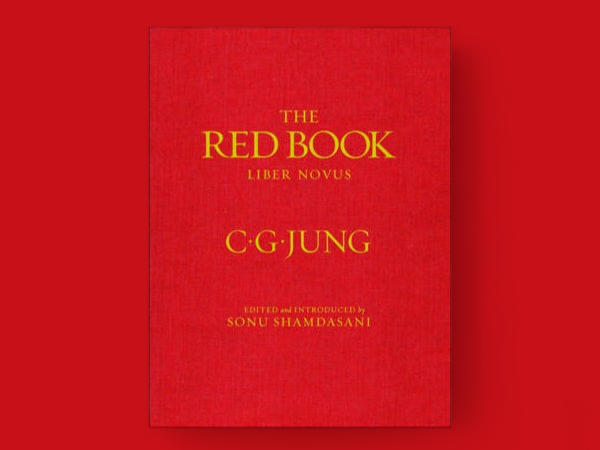The publication of Carl Gustav Jung’s *Liber Novus*, widely known as The Red Book, more than five decades after his death, sparked a resurgence of interest in the Swiss psychiatrist’s life and work. The decision to withhold the book from the public eye until 50 years after his passing has been a subject of intrigue and speculation among scholars, psychologists, and enthusiasts of Jung’s work. This article delves into the potential reasons behind Jung’s request, exploring how this decision has influenced the perception of his legacy and the field of depth psychology.
Before delving into the reasons for its delayed publication, it’s essential to understand what The Red Book represents in Jung’s oeuvre. The Red Book is not a typical scientific text but rather a personal account of Jung’s own journey into the depths of his psyche. Created between 1914 and 1930, it contains a rich tapestry of texts, calligraphy, and paintings, documenting Jung’s experiments with what he called “active imagination.” It was during this period that Jung developed his foundational theories, including the concepts of the collective unconscious and archetypes.
Preserving Personal and Professional Integrity
One of the primary reasons Jung may have stipulated a posthumous publication was to preserve his professional reputation. At the time of its creation, The Red Book’s contents could have been considered radical or even heretical within both the psychoanalytic community and broader society. By delaying its release, Jung ensured that his professional contributions to psychology could be evaluated on their own merits, without the controversy that The Red Book might have sparked.
Ensuring Maturity of Interpretation
Jung was acutely aware of the depth and complexity of the ideas represented in The Red Book. He may have believed that the psychological and cultural climate of his time was not yet ready to fully grasp or appreciate the magnitude of his explorations. Waiting half a century ensured a maturation of psychological thought and societal values, potentially allowing for a more receptive and sophisticated interpretation of his work.
The Impact of Timing on Jung’s Legacy
The delayed publication of The Red Book has had a profound impact on Jung’s legacy and the field of psychology. Its release in 2009 provided fresh insights into Jung’s thought processes and the genesis of his theoretical contributions. For many, it humanized Jung, presenting him not only as a scientist but as a person grappling with the universal quest for meaning and understanding.
Conclusion
The decision to publish The Red Book 50 years after Jung’s death reflects a strategic move to protect his professional legacy, ensure a mature reception of his work, and perhaps most importantly, to invite future generations into a deeper dialogue with his ideas. In doing so, Jung bridged the past and future, leaving a timeless invitation to explore the depths of the human psyche. The publication of The Red Book has not only enriched our understanding of Jung but has also expanded the horizons of psychological and philosophical inquiry.




